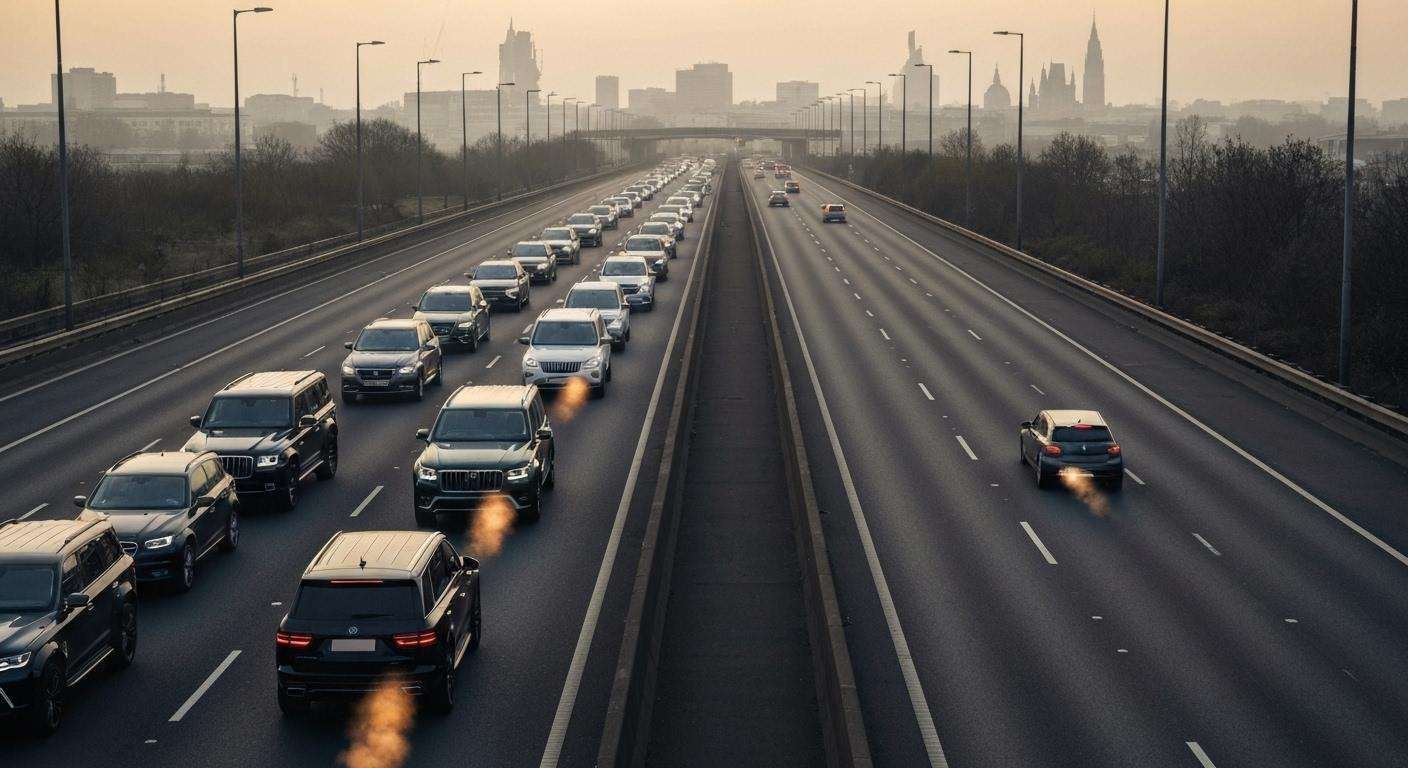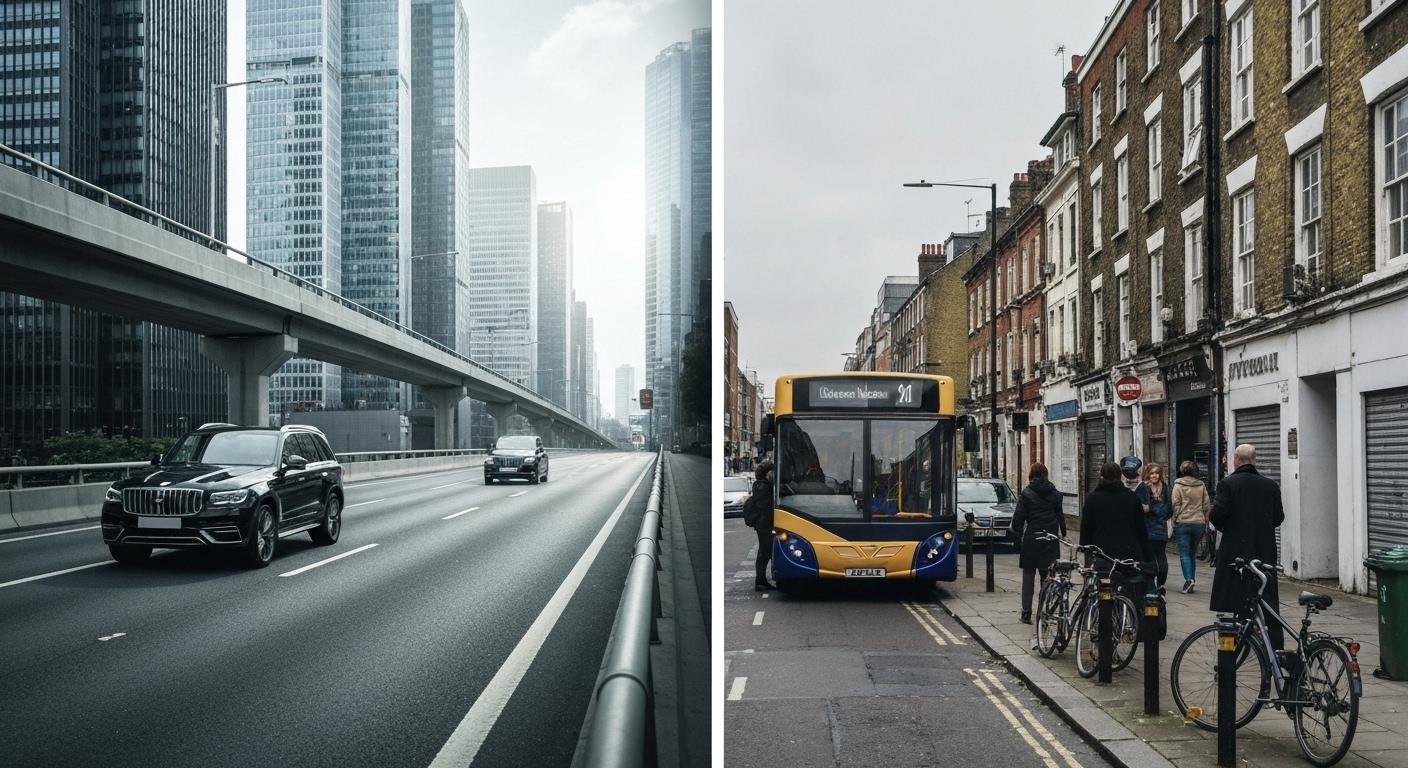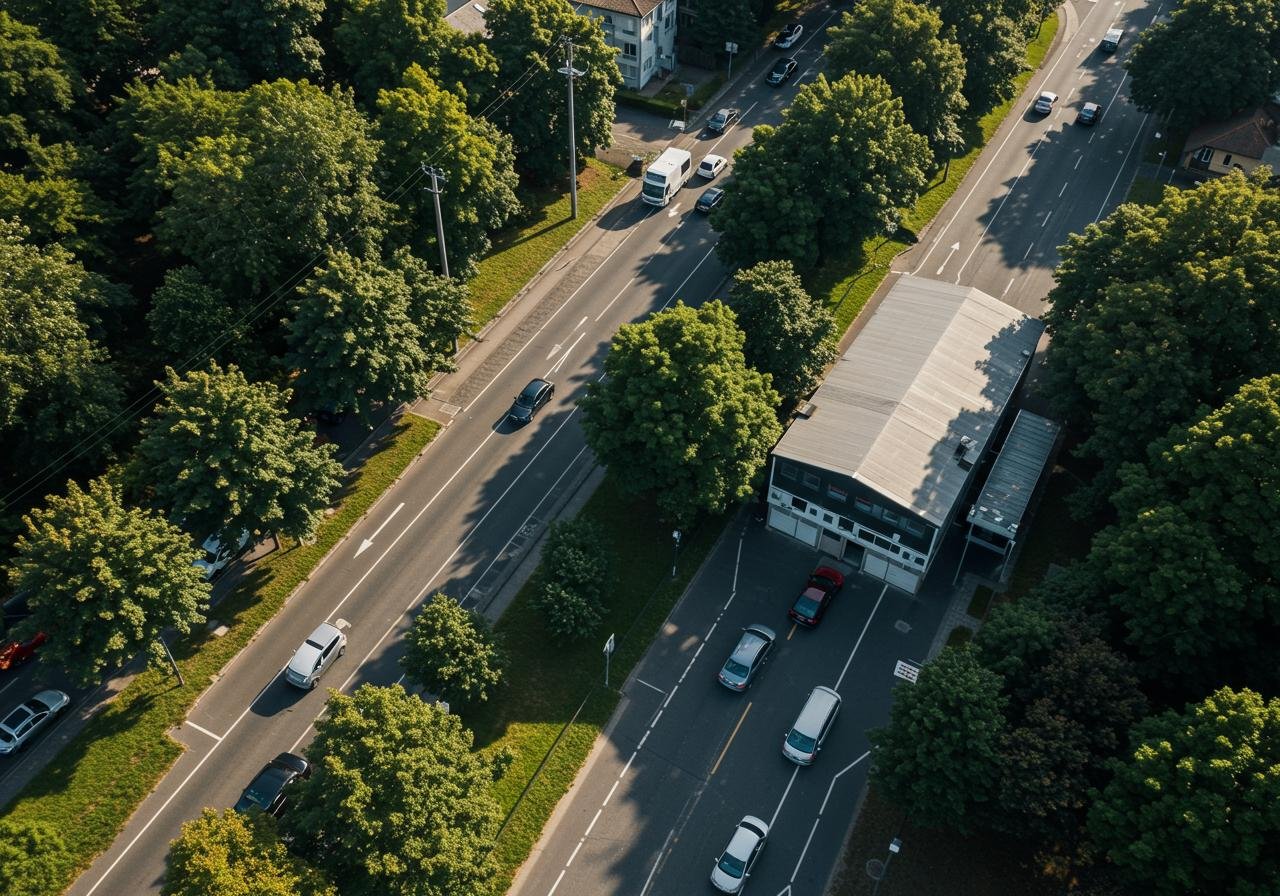 Introduction to Transport Emissions Disparities
Introduction to Transport Emissions Disparities
Transport emissions represent one of the key challenges in the fight against climate change, accounting for a substantial portion of global greenhouse gas outputs. Within the UK, the issue of emissions is not just an environmental concern but also a socio-economic one. Recent studies warn that by 2035, the wealthiest individuals in the UK are projected to produce 13 times more transport-related emissions than those at the lower end of the economic spectrum. Bridging this emissions gap is crucial for achieving both environmental sustainability and social equity, as highlighted in discussions on sustainable cities and the role of local government in waste reduction.
Current Transport Emissions: A Snapshot of the UK
Presently, there is a discernible divide in emissions based on economic class. The wealthiest 10% contribute significantly more to carbon footprints, typically through luxury and fuel-intensive modes of transportation. In contrast, lower-income groups often rely more on public transport options and smaller, more fuel-efficient vehicles. Government initiatives to curb emissions have been implemented, but the disparity persists, driven in part by the high emissions profile of luxury vehicles, as seen in sectors like sustainable fashion from fast fashion to responsible recycling.
Factors Driving the Emissions Discrepancy
This emissions gap can be traced to a variety of factors. Economic power enables wealthier individuals to access larger, more resource-intensive vehicles, and lifestyle choices such as frequent air travel further exacerbate their carbon footprint. Moreover, public transport options, while environmentally friendly, may not always be accessible or desirable to all, particularly in areas where infrastructure is lacking. The allure of luxury travel also plays a significant role in escalating emissions among high-income groups, similar to challenges faced in promoting the concept of zero waste living.

The Environmental and Social Impact of Unequal Emissions
The environmental consequences of such unequal emissions are profound, contributing to climate change and deteriorating air quality. On a societal level, this imbalance exacerbates existing inequalities, as low-income communities often face the brunt of environmental degradation. Health disparities also arise, with poorer demographics more vulnerable to pollution-related illnesses. Ethical considerations demand a collective responsibility to address these challenges to create a more equitable society, much like the efforts seen in educating the next generation on waste reduction.
Projections for 2035: Emissions Trends
Forecasts for 2035, based on current data and trends, suggest a continued increase in emissions among the wealthiest segments unless substantial policy changes are implemented. Shifts in transportation preferences could see even greater reliance on energy-intensive modes unless sustainable alternatives are encouraged and adopted. These projections underscore the urgency for targeted policies that align with environmental goals such as those outlined by the International Energy Agency (IEA).
Potential Solutions to Mitigate Emissions Disparities
Tackling this emissions inequality calls for policies that prioritize equity in transportation and climate action. Promoting sustainable transportation options — such as expanding public transport infrastructure and creating incentives for electric vehicle adoption — is essential. Encouraging individual responsibility through carbon footprint reduction initiatives can also lead to significant improvements. Crucially, collaboration between the public and private sectors can accelerate the shift towards greener transport solutions, paralleling the importance of waste management as a driver of innovation and entrepreneurship.

The Role of Technology and Innovation in Reducing Emissions
Innovations in technology hold considerable promise for reducing transport emissions. The rise of electric vehicles and advances in autonomous technology can play a pivotal role in bridging the emissions gap. Investment in renewable energy sources and robust infrastructure is equally vital. As consumers become more aware of their environmental impact, these technologies can drive significant behavioral changes towards more sustainable practices. This is akin to the progress seen in the circular economy as a solution for global waste issues.
Conclusion and Call to Action
Addressing the disparity in transport emissions is an urgent necessity that demands a multifaceted approach. Equalizing emissions through innovative policies, sustainable technologies, and collective action is critical to ensuring environmental and social equity. Individuals and communities must engage in sustainable practices to help achieve global warming targets and promote a greener future. Continued research and proactive policy development will be key to meeting emissions reduction goals and fostering a sustainable planet.
Featured Snippet Paragraph
By 2035, the UK’s wealthiest individuals are projected to produce 13 times more transport emissions than the poorest, highlighting the need for equitable policies to address this disparity in emissions and promote environmental sustainability and social equity.

FAQs
How does renewable energy reduce emissions?
Renewable energy sources like wind, solar, and hydro produce electricity with little to no emissions, reducing reliance on fossil fuels and decreasing overall greenhouse gases.
What is the Paris Agreement’s goal?
The Paris Agreement aims to limit global warming to well below 2 degrees Celsius above pre-industrial levels, striving for a more ambitious target of 1.5 degrees to prevent catastrophic climate impacts.
What countries are leading in climate action?
Countries like Sweden, Denmark, and Costa Rica are leading in climate action, having implemented strong environmental policies and significantly reduced their carbon footprints.
This article is for informational purposes only. Reference: The Guardian
The post UK’s richest set to produce 13 times more transport emissions than poorest by 2035 appeared first on Green.org.














